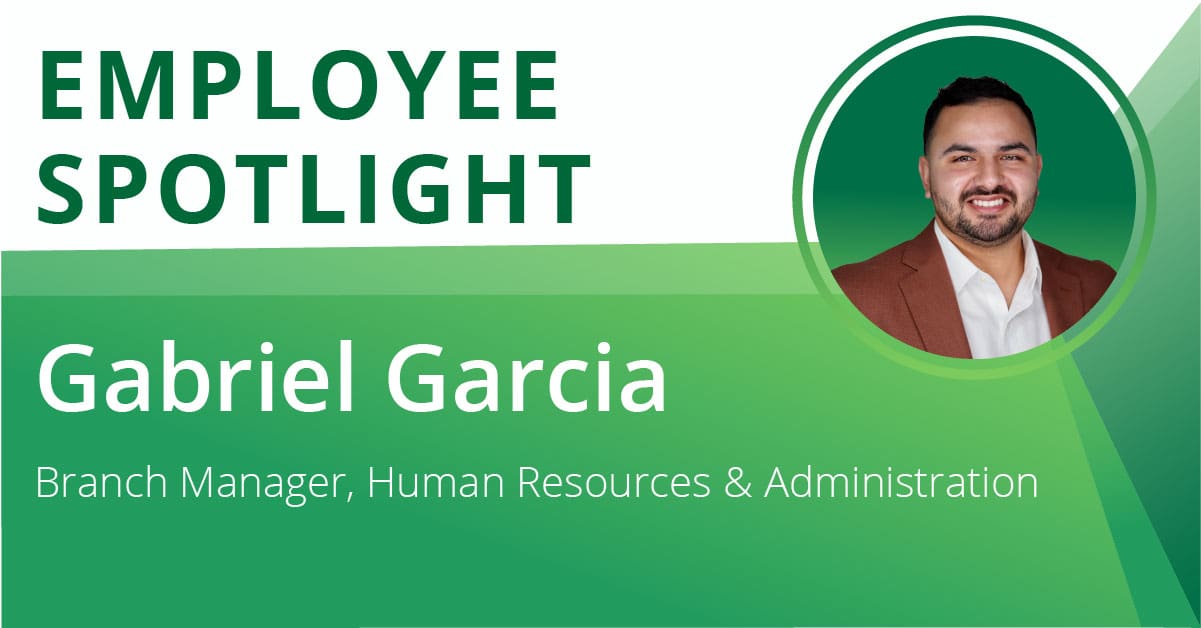Top 4 things to know if SPAC is your exit strategy

If you opened CNBC in the last few months, you might have heard about Wall Street’s hottest investment trend – SPACs. From top investors to celebrities to notable hedge fund managers, it seems like everyone is trying to get a piece of the action. There’s merit in the hype – in 2020, more than $83 billion was raised in SPACs, more than all other years combined. Furthermore, the SPAC market accounted for over half of all IPOs in the U.S. in 2020. There’s money to be made as over $600 billion is sitting in trust accounts right now in 2021. EY US Venture Capital Leader Jeff Grabow made the point at the Kranz “Decisions, decisions! What is Your Exit Strategy: M&A, Traditional IPO, SPAC, vs. Direct Listing” webinar on Dec 9, 2020 that investors have long been expecting for IPOs to pick up, which have been delayed by the vast amount of late stage capital in the market. SPACs are an additional alternative to late stage capital and can help bring liquidity and balance the load of the overall venture ecosystem. So, clearly, there’s a need for this new(ish) vehicle. But what is a SPAC?
A SPAC (Special Purpose Acquisition Company), also known as a “blank-check company,” is a shell corporation that lists a stock exchange to buy a private business and take it public. It has no commercial operations and is formed to raise capital to acquire an existing company. Because it is technically a merger and not a public offering, a SPAC is a way to go public without all the expense, time, and regulatory oversight traditionally required.
To get an understanding of SPACs, it’s essential to look back a bit on the history and the vast difference between investing in the predecessor and what you’ll see in today’s SPAC investments. The investment attention went back in the ‘90s, but this precursor was far more risk-driven. Modern-day SPACs open many possibilities for both investors and targets—simply for decreased risk due to accountability. Eklavya Saraf, Nasdaq Global Head of SPAC Listings shares at the Kranz “Decisions, decisions! What is Your Exit Strategy: M&A, Traditional IPO, SPAC, vs. Direct Listing” webinar on Dec 9, 2020, “What differentiates today’s SPAC from predecessors is the protections that they’re offering to investors. Shareholders today can redeem their investment in full plus interest before the acquisition if they choose to do so in the company.” This distinction offers a critical opportunity for investors, sponsors, and targets alike compared to its ‘90s precursor.
So, for those considering it as an option, why should you choose it over the other vehicles? It’s a hot trend, but is it the right decision for your organizations?
We break down the key considerations that you need to know before deciding to use SPAC as your vehicle to go public:
1. Have a clear view of your financial projections
In contrast to a traditional IPO, SPACs can publish future projections, whereas an IPO utilizes a research analyst to collate those forecasts and does not communicate with the investors directly.
JP Morgan Chase Managing Director Lucy Wang shares at the Kranz “Decisions, decisions! What is Your Exit Strategy: M&A, Traditional IPO, SPAC, vs. Direct Listing, “If that (SPAC) projection is worth something and that allows you the transparency and direct communication with investors, it could be the key to landing you a better deal, and one from which an investor is less likely to back out.”
Communicating clearly to investors about where you think the business is going is an essential element. Now you should consider: have you built out detailed projections both with your strategic vision and financials? If so, you may be aligned with the advantages of going down the SPAC path. If you do not feel like you can provide those financial projections, it might be in your organization’s best interest to look more into a more traditional route.
Latham & Watkins Partner Miles Jennings shares at the Kranz “Decisions, decisions! What is Your Exit Strategy: M&A, Traditional IPO, SPAC, vs. Direct Listing” webinar on Dec 9, 2020, “There are companies out there that we’ve worked with that ultimately decided to go back to an IPO because they felt that their story couldn’t be told without being able to give the kind of financial analysis as to where they thought the business was going.”
2. Have your finance and accounting ducks in a row
An established company most likely has built-out accounting and finance departments that can aid in navigating these transactions. However, because a SPAC is a shell company with no operations, it doesn’t have these teams in-house. This puts more pressure on the target teams to have the expertise to navigate the steps, the nuanced paperwork requirements, and other strategic considerations that are unique to being acquired by a SPAC. When considering whether this type of transition is right for your organization, it’s vital to take an honest look at your finance and accounting teams and their expertise and bandwidth to take on the due diligence of entering this kind of deal.
3. Be on board with letting go of liquidity
There is an abundance of advantages to going down the SPAC route, the biggest being speed to market and not going through the same regulatory hoops that would exist in a traditional IPO. But it doesn’t come without its costs – a sponsor pays nominal amounts for 20% of the SPAC shares before the acquisition. This leads to a loss of equity for the target, which could be a dealbreaker for some, compared to the traditional 1-7% of an IPO. However, IPOs have substantial costs and underwriting fees, SEC regulation costs, exchange listing fees, and more. It all comes down to your priorities as an organization.
4. Due diligence is key
Being acquired by or merging with a SPAC is an excellent opportunity if you’re looking for a strategic partner but don’t want to navigate the hassles and time commitments of a traditional IPO, but that doesn’t mean you’re out of the water completely. You still need to file an S-4 with the U.S. Securities and Exchange Commission providing details of your acquisition, as well as register your securities. Under the strained timeline of a SPAC, it’s imperative to ensure the necessary paperwork is completed accurately to avoid any regulatory snags along the way.
Ready to pull the trigger? DLC can help
From SPACs to IPOs to Direct Listings to M&A, there’s an abundance of avenues to take you public. If you have questions or would like help, please get in touch. Learn more about our other services here.
About the Authors
Marcia Ayala

Marcia joined DLC in 2006 and now serves as Managing Director for the Chicago market, where she is responsible for new business development, talent acquisition, talent retention and the overall operations of DLC’s Chicago office. She’d previously served as Client Account Director, where her responsibilities included consulting as well as sourcing, managing, and leading client engagements. She has over 20 years of finance and accounting experience working with both Fortune 500 and privately held businesses concentrated in healthcare and pharmaceuticals, consumer and industrial products, education, insurance, and financial services. Marcia is a CPA and a Project Management Professional (PMP). Her consulting focus has centered on acquisition integration, due diligence support, purchase accounting, carve-outs, and divestitures, shared services, FP&A, business unit reporting, and project management.
Prior to joining DLC, Marcia was the Chief Accounting Officer for a GTCR portfolio company where she led the finance and accounting integration related to the purchase of 11 businesses. Marcia began her career in audit at Arthur Andersen and also held finance positions at Kraft Foods and Harley-Davidson Financial Services.
She received her Masters of Business Administration in Finance from the University of Chicago – Booth School of Business, her Masters of Science in Accountancy from DePaul University and her Bachelors degree from DePauw University.
Dak Gilinsky

Dak Gilinsky joined DLC in January 2018 as Managing Director for the Los Angeles market. In this role he oversees the Los Angeles DLC Sales team and is responsible for account management, business development, talent acquisition and retention for the consultant bench and internal roles, as well as overall management of market performance. Dak applies a broad knowledge of various industries and functions developed during his 9+ years in professional services, including management consulting, finance and accounting, and legal. He knows the LA market intimately, and has served many of the market’s top companies.
Previously, Dak helped to launch the Los Angeles office of Axiom, a leading provider of legal services. He then spent two years in management consulting, serving F-100 technology clients. In 2013, he was tasked with launching the Business Talent Group’s West Coast consulting practice. During his time with BTG Dak established relationships with corporate development, strategy, and operations groups at 50+ Fortune 1000 clients along the West Coast, driving rapid growth with high client satisfaction.
Dak is a SoCal native, a lover of all things outdoors and a frequent traveler. He received his BA/BS from UC Berkeley (with honors) and pursued additional accounting and finance education at UCLA.




